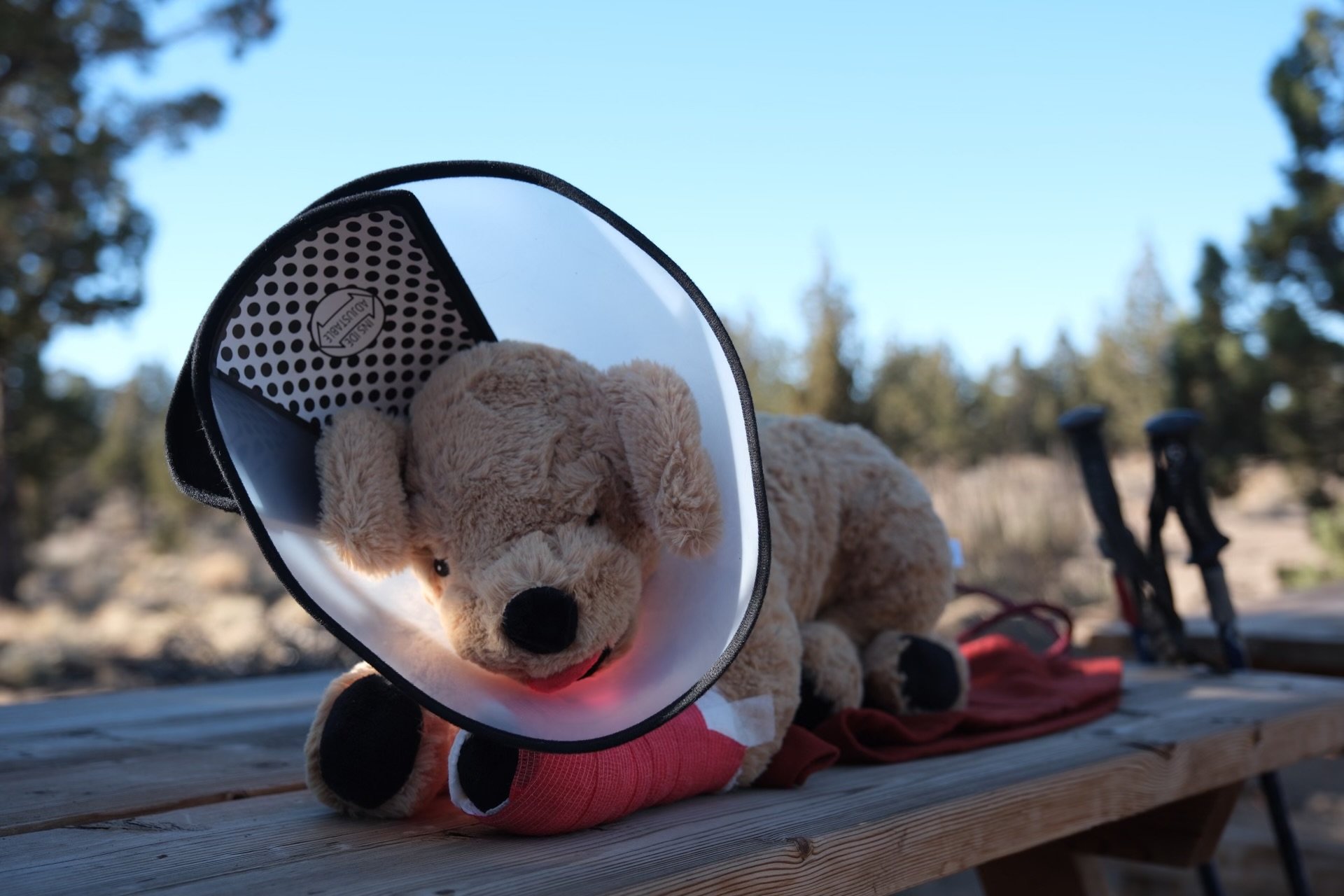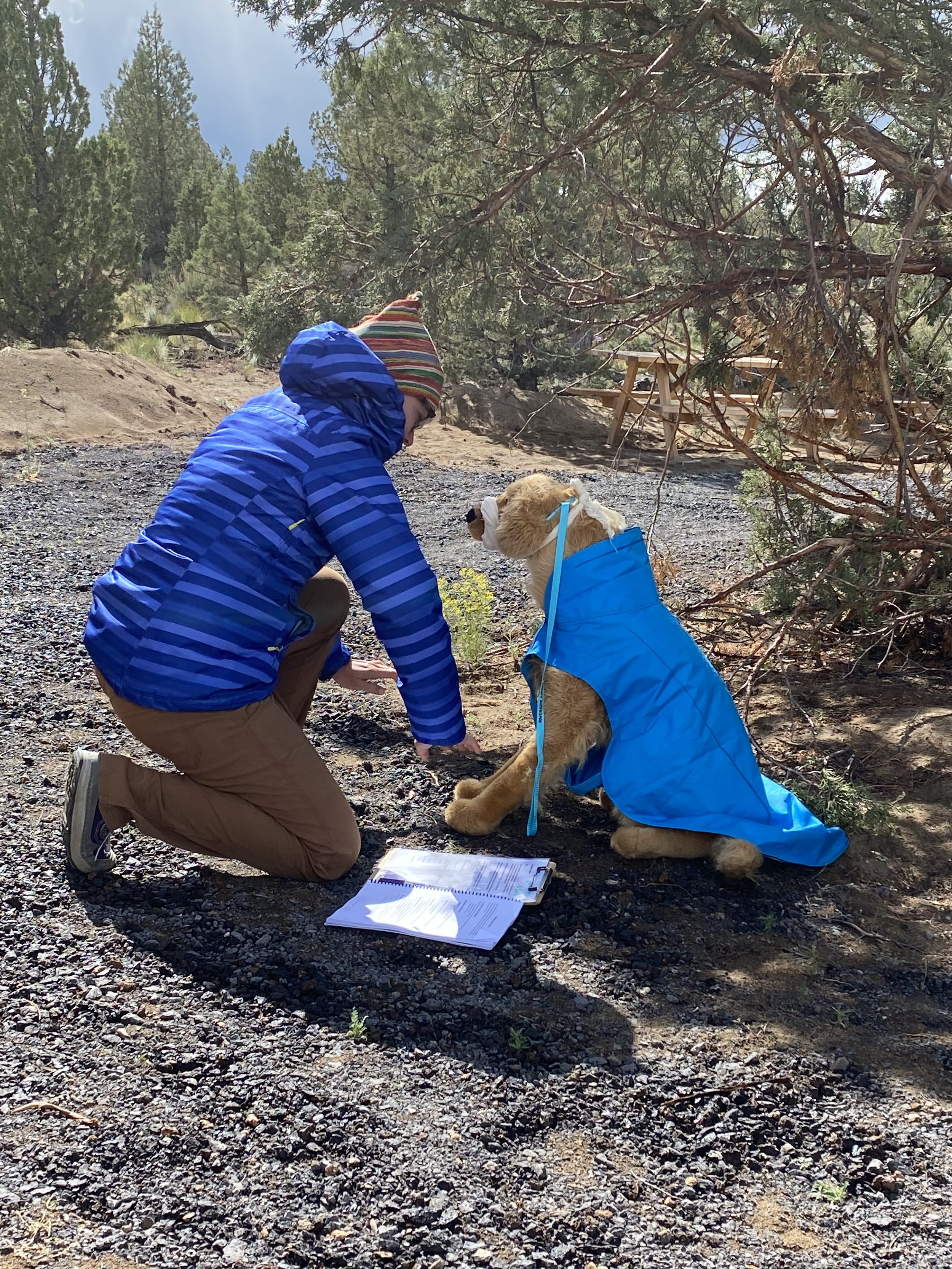Adventure Vet Med
School of Veterinary Wilderness Medicine
This 18-hour Canine Wilderness First Aid training through Adventure Vet Med empowers dog handlers with the knowledge and skills to minimize illness and injury, and respond to the unexpected when working or traveling in remote environments.
Whether working side by side with dogs as a conservation biologist, SAR member, wilderness therapy guide, or as part of an avy search team, OR traveling with a dog for emotional or medical support, OR simply for the love of sharing adventures with canine companions, this course is a critical component of safe and successful canine wilderness travel.
Through a dynamic mix of lecture, skills practice, group activities and field scenarios, participants learn a prevention and assessment approach that works in all situations, and easily enhances any prior human wilderness medicine training. This 2-day course covers psychological first aid, canine approach and handling, physical assessment and vital signs, trauma, bleeding control, CPR, medical problems, heat illness, environmental and toxicologic threats, emergency and evacuation planning, canine leave no trace, and more.
The focus is on prevention, early recognition, assessment, practical treatment principles, and evacuation decision-making principles and guidelines. Curriculum supported by a team of veterinarians, FAWM, and wilderness medicine education professionals.
We are proud to be the primary site for Adventure Vet Med courses!
This course prepares lay and professional handlers to:
Develop/implement a personal strategy (or team protocol) that includes regular canine visual and hands-on assessments, allowing for early recognition of injury/illness, while fostering greater trust and comfort with handling in your canine partner(s).
Evaluate and identify gaps in your veterinary (DVM) support specific to the active or professional canine, and strengthen communication and cooperation with DVM for the benefit of independent field care and decision-making.
Evaluate and identify gaps in personal habits or programmatic protocols regarding canine emergency management and evacuation planning, and implement strategies to improve preparedness.







